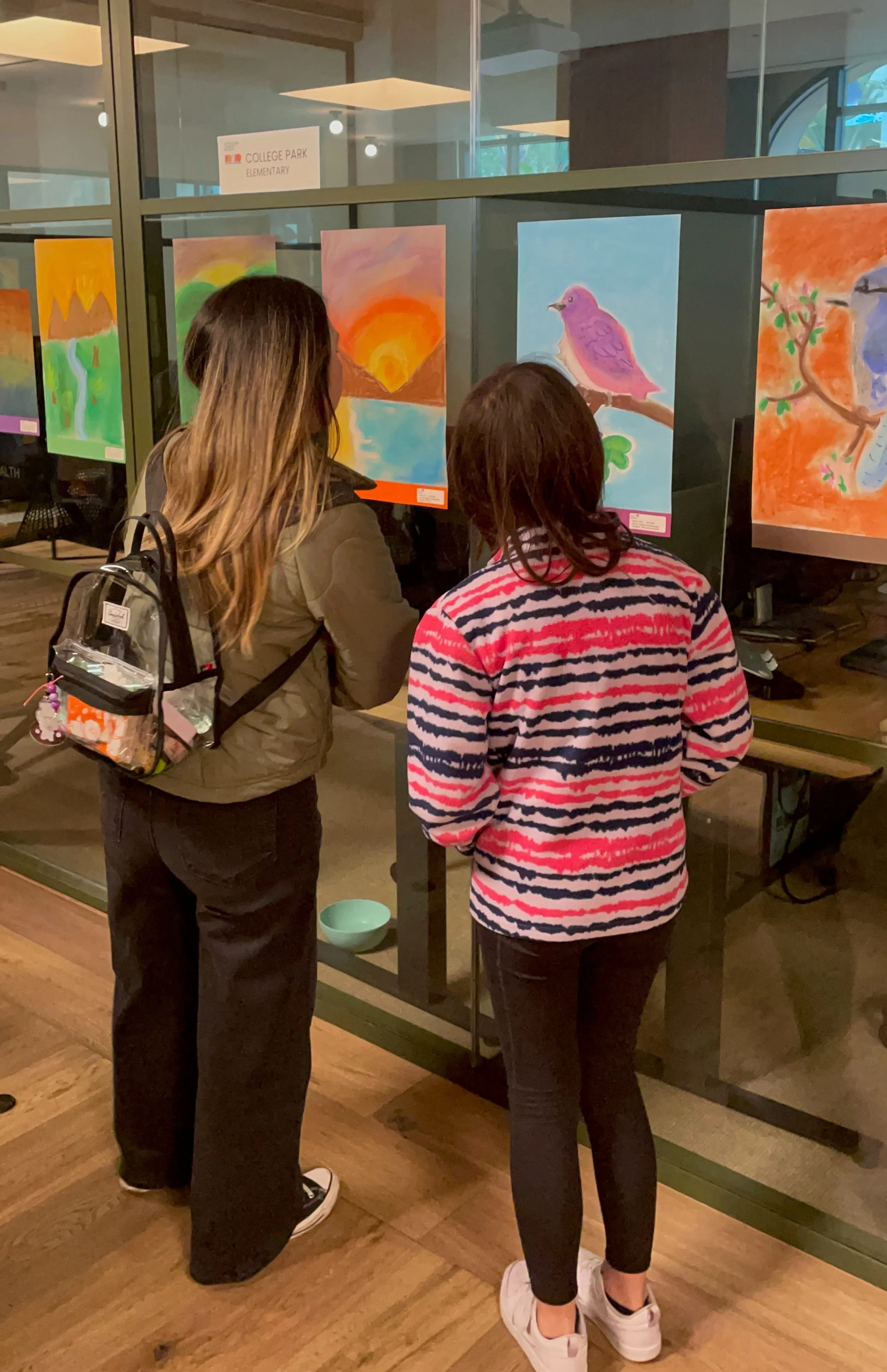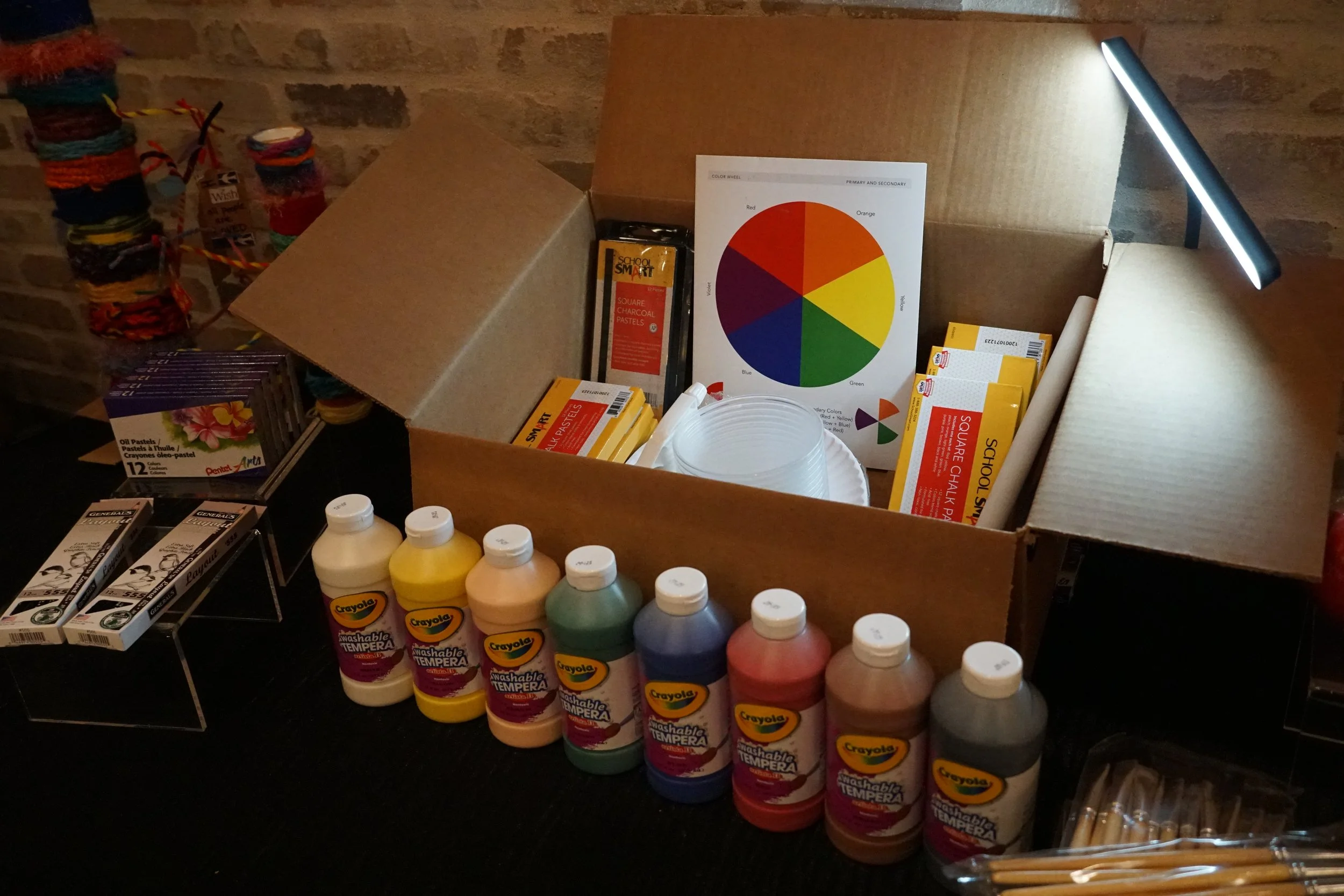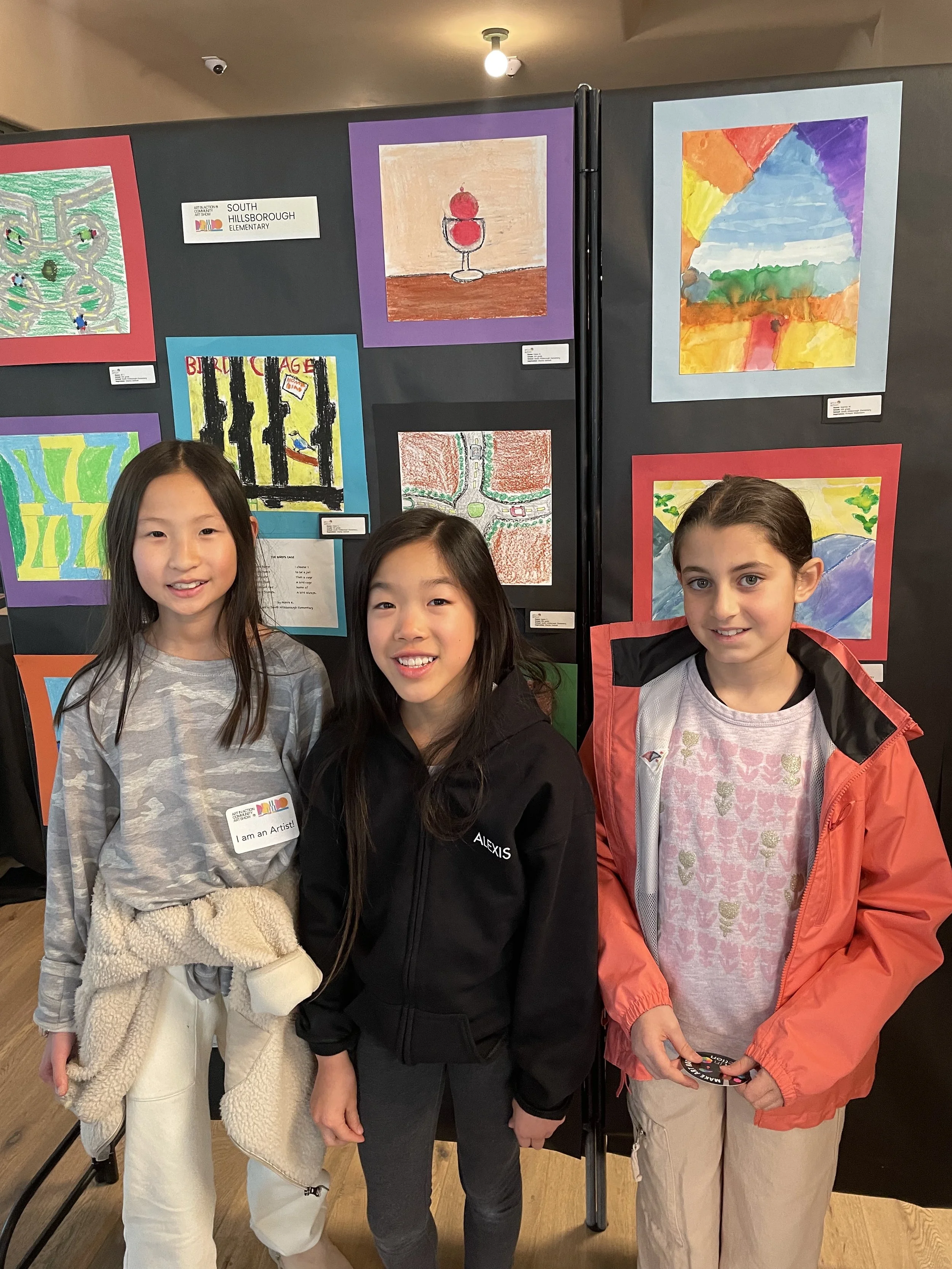What Makes a Great Elementary Art Curriculum
(And Why It Matters)
Art isn’t just about drawing and painting—it’s about expression, connection, and unlocking creativity. A strong elementary art curriculum lays the foundation for these lifelong skills, helping children not only develop artistic techniques but also build empathy, critical thinking, and confidence.
Whether you're a teacher, school administrator, or parent, understanding what defines a high-quality K-8 art curriculum is the first step toward giving students the art education they deserve.
Standards-Based Learning That Still Feels Creative
A great school art program should align with state and national art curriculum standards while still leaving room for imagination. Lessons should help students meet key objectives such as color theory, composition, and technique, while encouraging exploration and personal voice.
At Art in Action, structured, standards-aligned content is designed to feel inspiring rather than restrictive. Our visual arts lesson plans provide both a framework and the flexibility to adapt to different classroom styles, skill levels, and teaching preferences.
To see how structured creativity can transform a classroom, explore our curriculum here.
Representation and Cultural Diversity
Children should see themselves—and the world—in what they learn. An effective art education program for schools goes beyond traditional Western art history and includes a wide variety of global artists, styles, and cultural traditions.
Through art and cultural appreciation, students are exposed to different perspectives, helping them develop respect, inclusion, and global awareness. A comprehensive art history for elementary students must feature artists of all backgrounds, genders, and eras to truly connect students with the richness of human creativity.
Art in Action’s curriculum integrates diverse artists and global traditions, ensuring every student feels seen and inspired.
Accessibility for All Schools and Budgets
An impactful curriculum must be accessible to every school, regardless of funding levels or staff resources. This means offering budget-friendly art projects, straightforward art supplies for classrooms, and lesson plans that do not require teachers to have specialized art training.
Art in Action provides pre-cut, pre-counted materials and step-by-step instructions that simplify preparation and implementation.
Whether serving large urban districts or small rural schools, Art in Action supports educators in bringing high-quality K-8 art curriculum to their students efficiently and affordably.
Cross-Curricular and Social-Emotional Connections
The most effective art programs connect with other areas of learning. Art integration curriculum techniques allow students to explore science, math, history, and literature through hands-on creativity.
In addition, integrating art and social-emotional learning into lessons helps students develop emotional intelligence, empathy, and resilience. Through creating and interpreting art, children learn to process emotions, collaborate with peers, and express themselves authentically.
Programs that strengthen both academic achievement and emotional well-being prepare students to succeed far beyond the classroom.
Support for Teachers—Regardless of Background
Strong art education programs must also support teachers—especially those without formal art training. Built-in professional development for art teachers, clear instructional guides, and ongoing resources are essential to building teacher confidence.
Art in Action equips educators of all backgrounds with detailed lesson plans, visual examples, and training videos, making it easy to lead meaningful art instruction. Whether a teacher is new to the classroom or a veteran educator looking to refresh their approach, the right support creates powerful learning experiences for students.
Building a Stronger Future Through Art Education
Every child deserves the opportunity to experience the creativity, confidence, and critical thinking that a strong elementary art curriculum provides. Choosing a program rooted in impact, inclusivity, and accessibility is the first step toward giving students these lifelong skills.
Schools, educators, and parents who prioritize a high-quality K-8 art curriculum lay the foundation for a more creative, connected, and resilient generation.
To learn how Art in Action’s standards-based, culturally rich curriculum can support your students, explore our K-8 programs here.
Because every masterpiece begins with a brushstroke—and every artist starts as a student.






